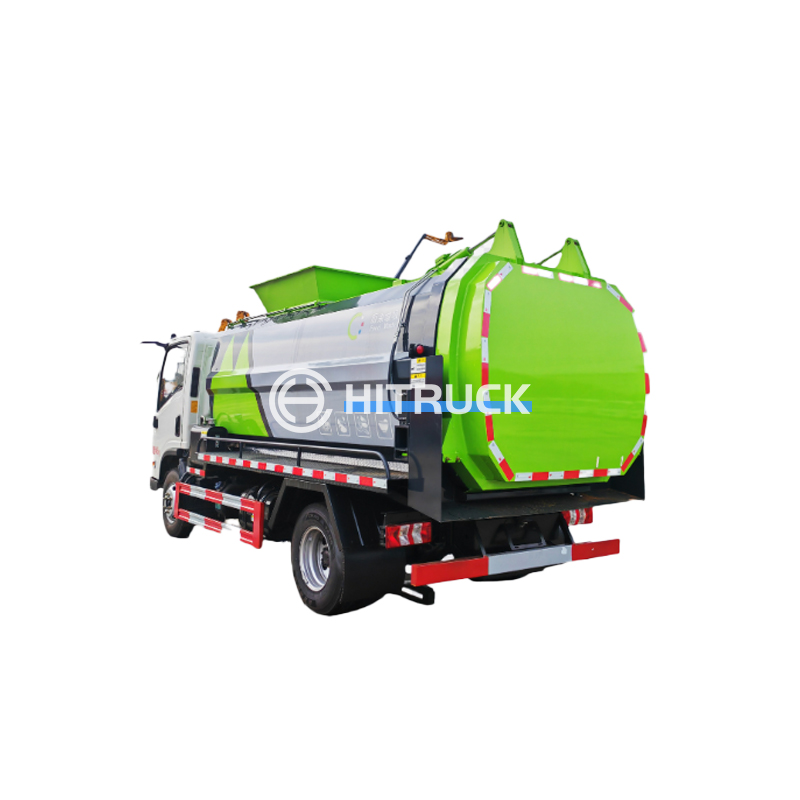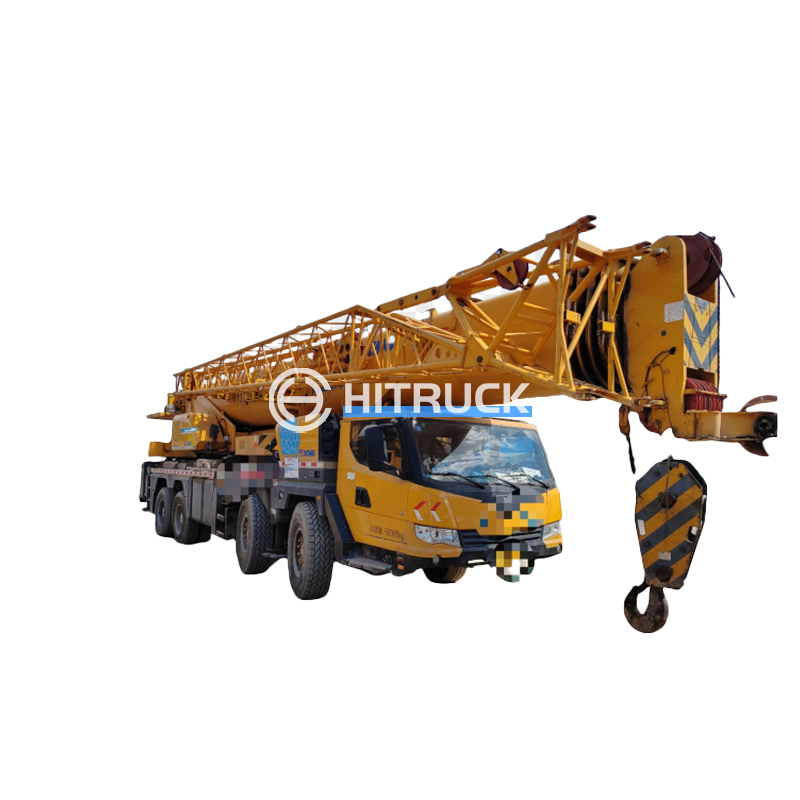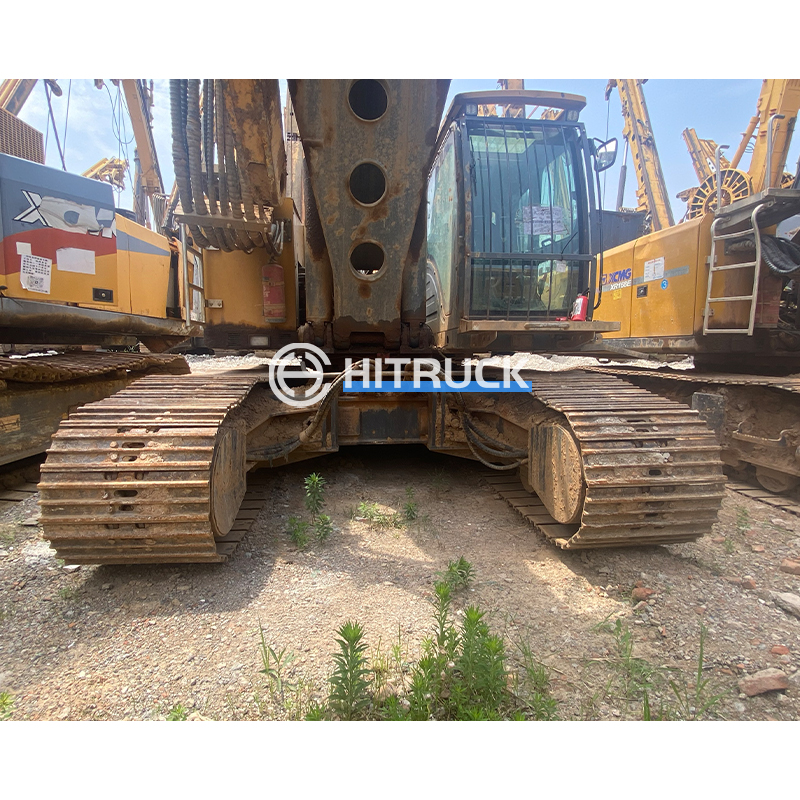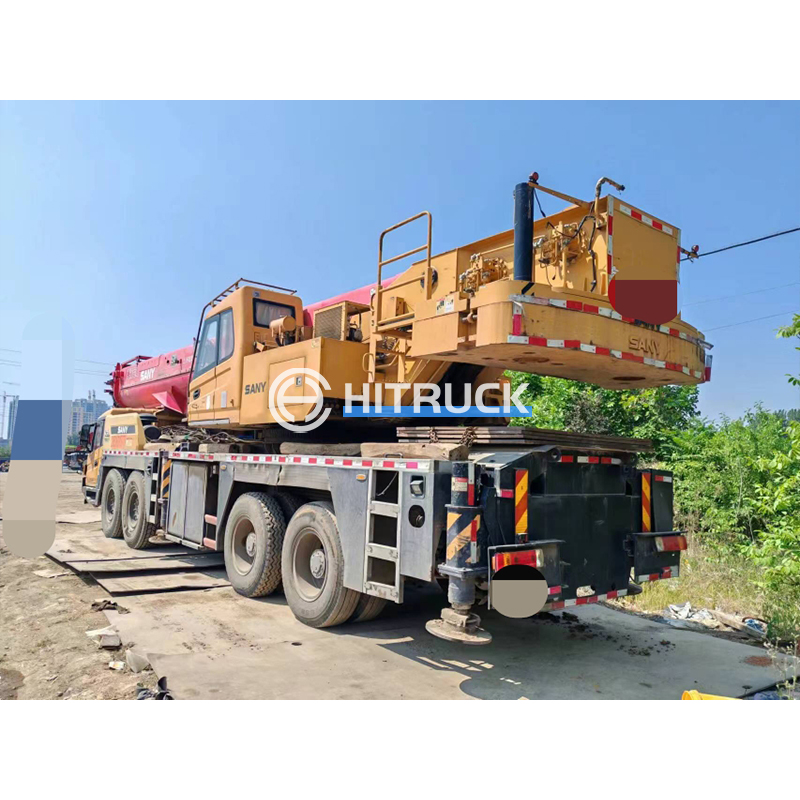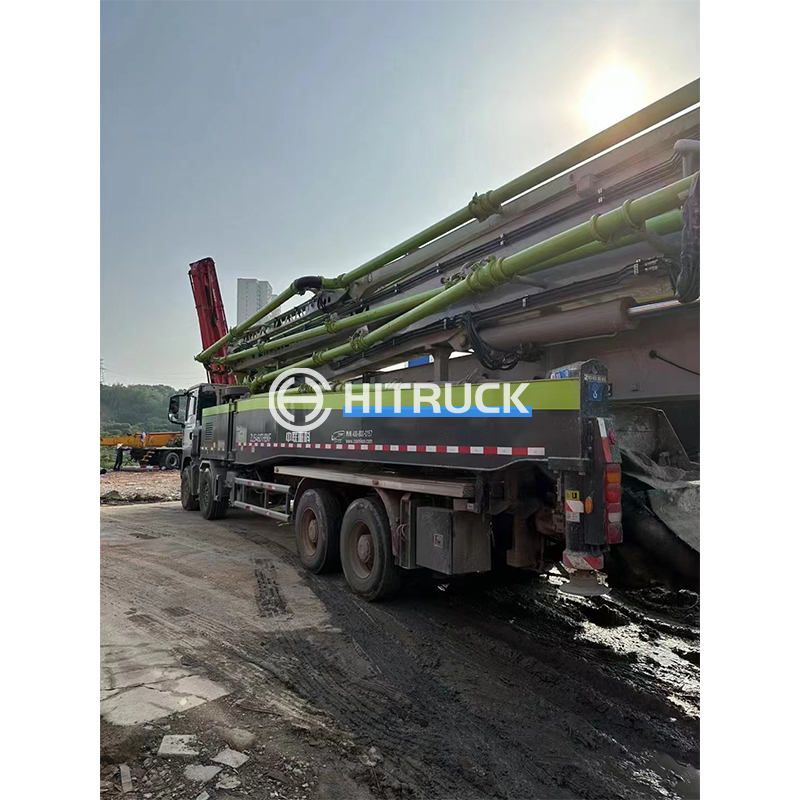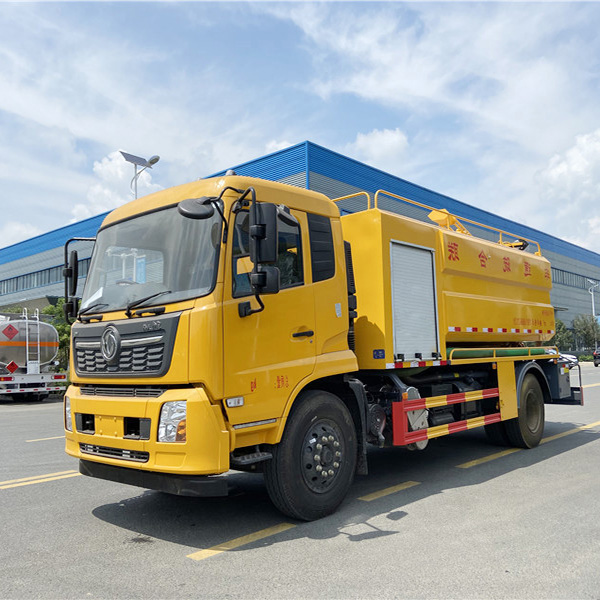Front Discharge Cement Mixer Trucks: A Comprehensive Guide
This guide provides a comprehensive overview of front discharge cement mixer trucks, covering their design, operation, advantages, disadvantages, and applications. We’ll explore the key features to consider when choosing a truck for your specific needs, ensuring you make an informed decision. Learn about the various types available, maintenance considerations, and safety protocols to maximize efficiency and minimize risks.
Understanding Front Discharge Cement Mixers
Unlike rear discharge models, front discharge cement mixer trucks offer a unique advantage: direct discharge of concrete at the point of delivery. This design minimizes the need for extensive maneuvering and reduces the risk of spillage, making them particularly suitable for projects with limited space or challenging access points. The key components include a robust chassis, a powerful engine, a rotating drum for mixing, and a front-mounted discharge chute. The choice between a front and rear discharge system significantly impacts operational efficiency and project logistics. Selecting the right truck depends greatly on your specific project requirements and site conditions.
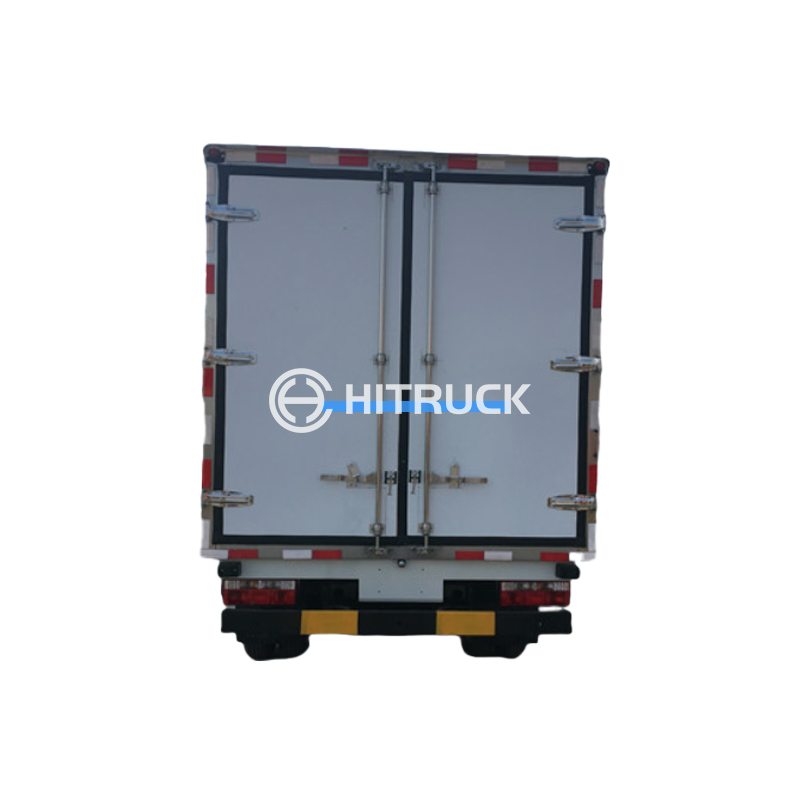
Types of Front Discharge Cement Mixer Trucks
Capacity and Size Variations
Front discharge cement mixer trucks are available in a wide range of capacities, typically measured in cubic yards or cubic meters. The size you select will directly depend on the scale of your project. Smaller trucks are ideal for smaller jobsites or where maneuverability is key, while larger trucks are necessary for larger-scale construction projects. Consider factors such as the frequency of concrete deliveries and the volume needed per pour. Many manufacturers, like those you might find at Suizhou Haicang Automobile sales Co., LTD, offer a variety of sizes to meet specific needs.
Engine and Power Considerations
The engine powering your front discharge cement mixer truck plays a crucial role in its performance. Factors to consider include horsepower, fuel efficiency, and emission standards. Powerful engines are necessary for navigating challenging terrain and ensuring consistent mixing performance, even under heavy loads. You should research engine specifications carefully to ensure they align with the demands of your operations.
Advantages and Disadvantages
Let’s compare the pros and cons of front discharge cement mixer trucks:
| Advantages | Disadvantages |
| Precise and controlled discharge | Potentially higher initial cost compared to rear discharge models |
| Reduced spillage and waste | May require more space for discharge |
| Improved efficiency in tight spaces | Slightly reduced maneuverability compared to some rear discharge models |
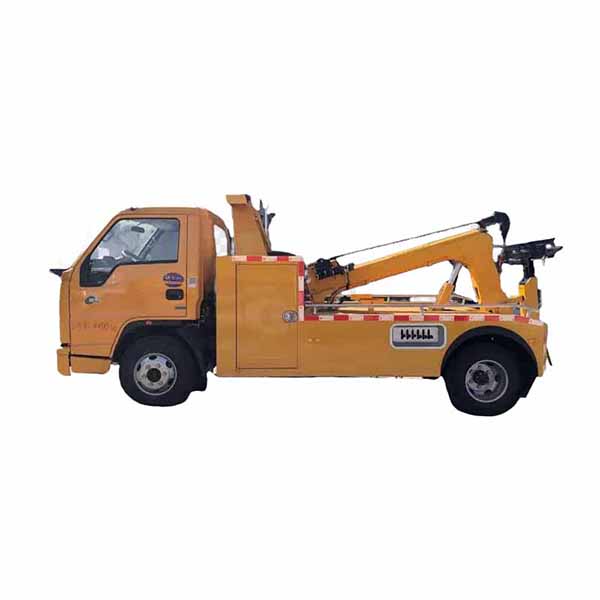
Maintenance and Safety
Regular maintenance is vital for extending the lifespan and ensuring the safe operation of your front discharge cement mixer truck. This includes routine inspections, timely repairs, and adherence to manufacturer recommendations. Safety protocols should be strictly followed by all operators, including proper training, the use of personal protective equipment (PPE), and regular safety checks before each operation. Understanding and following these procedures is essential for minimizing risks and ensuring a safe working environment.
Choosing the Right Front Discharge Cement Mixer Truck
The selection process requires careful consideration of your project requirements. Factors such as the volume of concrete needed, the type of terrain, and site accessibility all play a crucial role. Consulting with reputable suppliers like those at Suizhou Haicang Automobile sales Co., LTD can provide valuable insights and assist in making an informed decision. Remember to factor in cost, maintenance requirements, and long-term operational efficiency.




